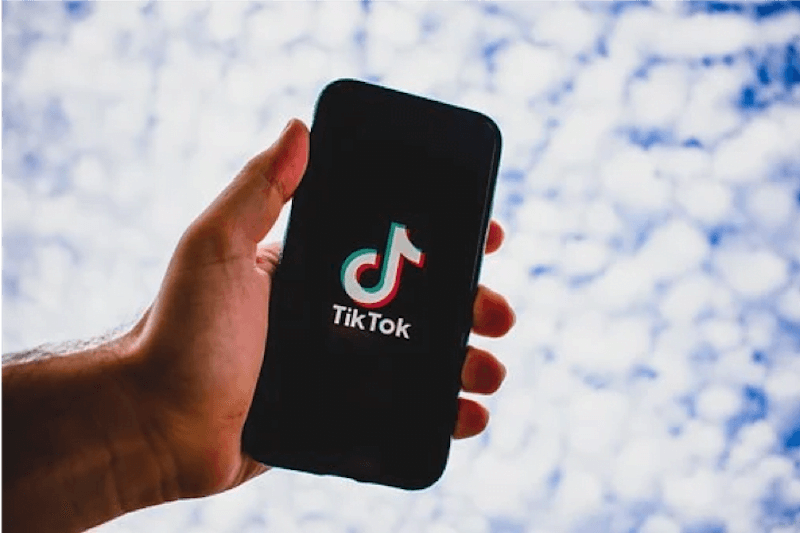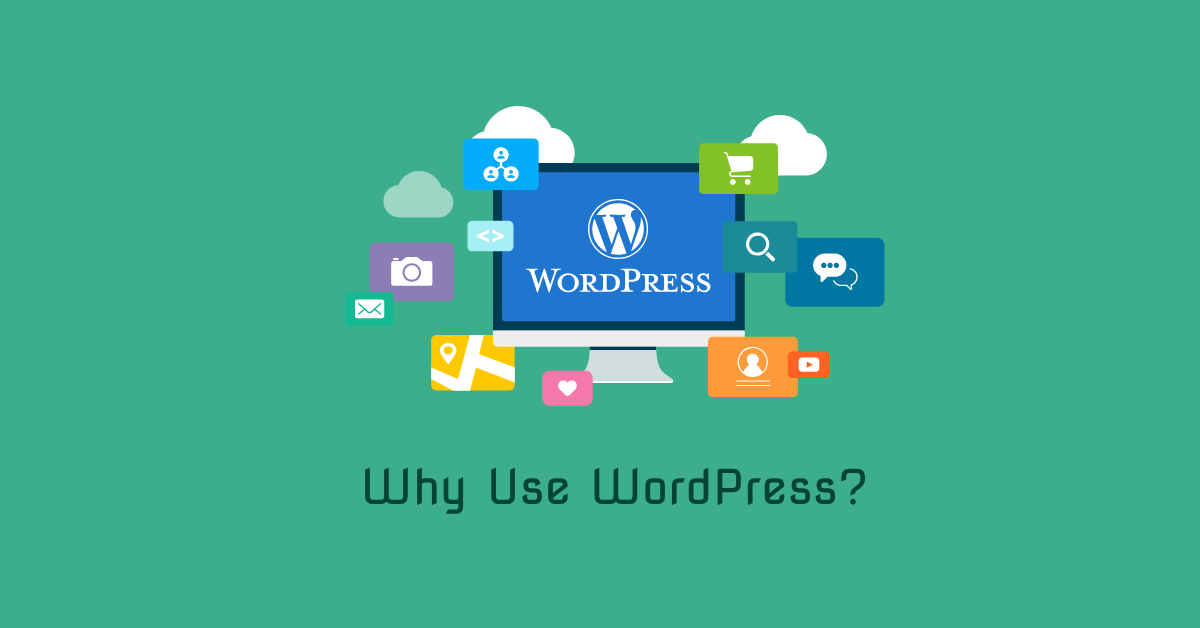Social media content can be excellent for boosting visibility to your e-commerce site. Oberlo conducted a poll that showed 73% of marketers felt it was either somewhat or very successful at boosting their brand. Unfortunately, social media strategies are only effective when they focus on the right metrics.
The success of some clickbait publishers has sent the wrong message to other marketers. Sites like BuzzFeed are monetized through advertising, so they have built multi-million-dollar business models by taking a shotgun approach to attracting traffic with social media. Marketers trying to reach an audience that is more resistant to following through on conversion goals have found the emphasis on quantity over targeted traffic does not work.
Read more: 10 Best Ways to Drive Sales on Social Media
As an e-commerce marketer, you need to implement a far more refined social media marketing strategy. Rather than focusing on driving as much traffic as possible to your e-commerce platform, your goal should be to set the right expectations with your audience to entice them to convert.
Successful e-commerce marketers need to take a number of steps to reach the right audience. One of the most important measures is ensuring their social media content matches the themes and messages of their landing pages. Disqus’s Sabra Mwauradiscussed this in a blog post.
How do you ensure parity between content on both platforms? Here are some guidelines that will help.
Read more: Taggbox – Social Media Wall You Can Rely On
Emphasize Your Final Call-to-Action Across Your Entire Funnel
You might have built your ecommerce marketing funnel from a mindset that is too fragmented. You can fix this problem by evaluating the funnel from the perspective of your customer.
You might have broken your funnel down into multiple conversion goals. Although you are not wrong to create different conversion goals at various stages, you also need to remember that you have a long-term conversion goal in mind. The need to create a final conversion goal that is supported by a series of smaller ones is most obvious when you are trying to draw customers from your social media platform to your e-commerce site. You might have defined your first conversion goal as getting your Facebook or Pinterest followers to click your content to visit your website. Then you have a separate conversion goal once they see your landing page.
Read more: 6 Ways Social Media can Save Entrepreneur From Business Failure
In order to achieve this, you might have starkly different call-to-action on your social media content and landing page. The CTA on your social profile might read something like:
“Click to learn more!”
While the CTA on your e-commerce a landing page might say:
“Buy your energy efficient LEDs today!”
There is zero consistency between the two CTAs. When people engage with your social media post, they are not psychologically prepared to follow through with the conversion goal on your landing page. They were probably just expecting to visit your site to learn more about their options. You will be fighting an uphill battle trying to get them to make a purchase, because you didn’t prepare them for that expectation.
Your conversion rates will be higher if you bridge their expectations by following through with the same long-term goal. You might want to change the call to action on your social media content to resemble something like this:
Read more: 8-Step Social Media Strategy to Win the Marketing Game 2019
“Click to find the right LED bulbs for your home!“
Use the Same Visual Elements in Content Across Your Funnel
Last summer, Instapage author Taylen Peterson conducted some case studies on the social media campaigns of various large brands, including The Wall Street Journal and AutoPilot. Across all of the brands Peterson analyzed, one of the biggest consistencies was that they had the same image in their ads and landing pages. This played an important role in boosting conversion rates for their ecommerce merchandising strategies.
Consistency is one of the most important elements of establishing trust. You need to instill the same messages and themes in your social media profile that you intend to convey on your website landing page.
You should make sure the graphics in your social media posts resemble those on your landing page. The color scheme should ideally be identical. It is also prudent to use the same images to make the transition between pages as seamless as possible.
Read more: Digital marketing 101: Content is fire; social media is gasoline
Use Highly Similar or Even Identical Copy When Possible
Another important step to managing customer expectations is using written content on your social media profile that closely aligns with your landing page. It isn’t enough to merely focus on delivering the same message. You should also try to use similar word choices.
One of the most effective ways to do this is by pulling quotes or syndicating content directly from your landing page. Your visitors will know what to expect and be more likely to convert when they see your copy is the same on your site and social media profiles.
Pairing Content Between Social Media and Ecommerce Pages is Essential
Creating a consistent branding message between your social media content and ecommerce landing pages is necessary to maximize your conversion rates. The steps listed above should go a long way towards accomplishing that.




